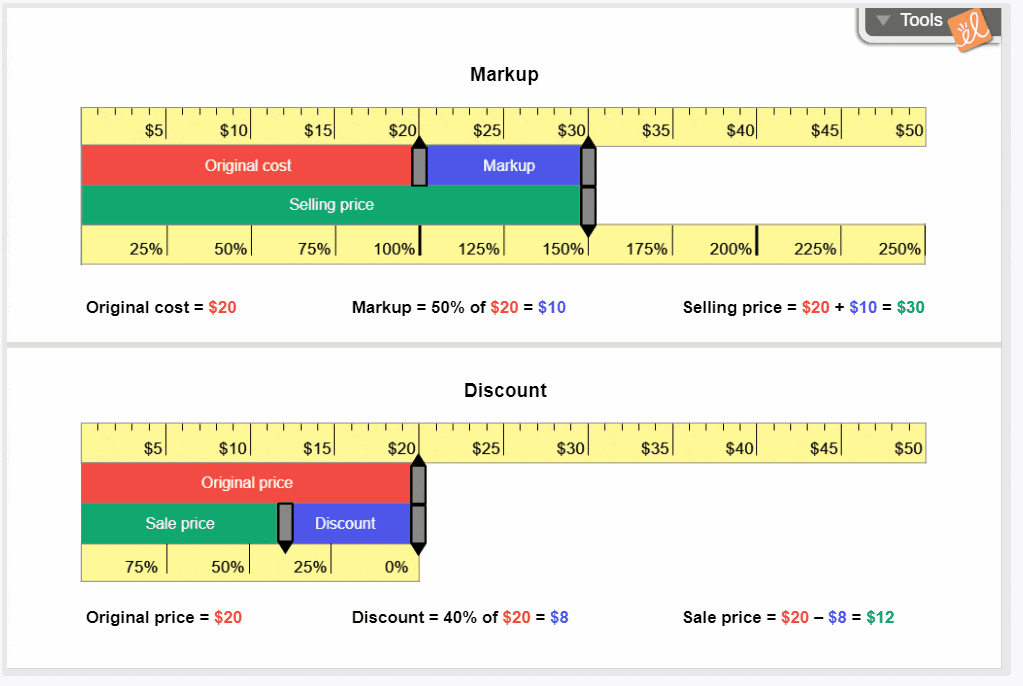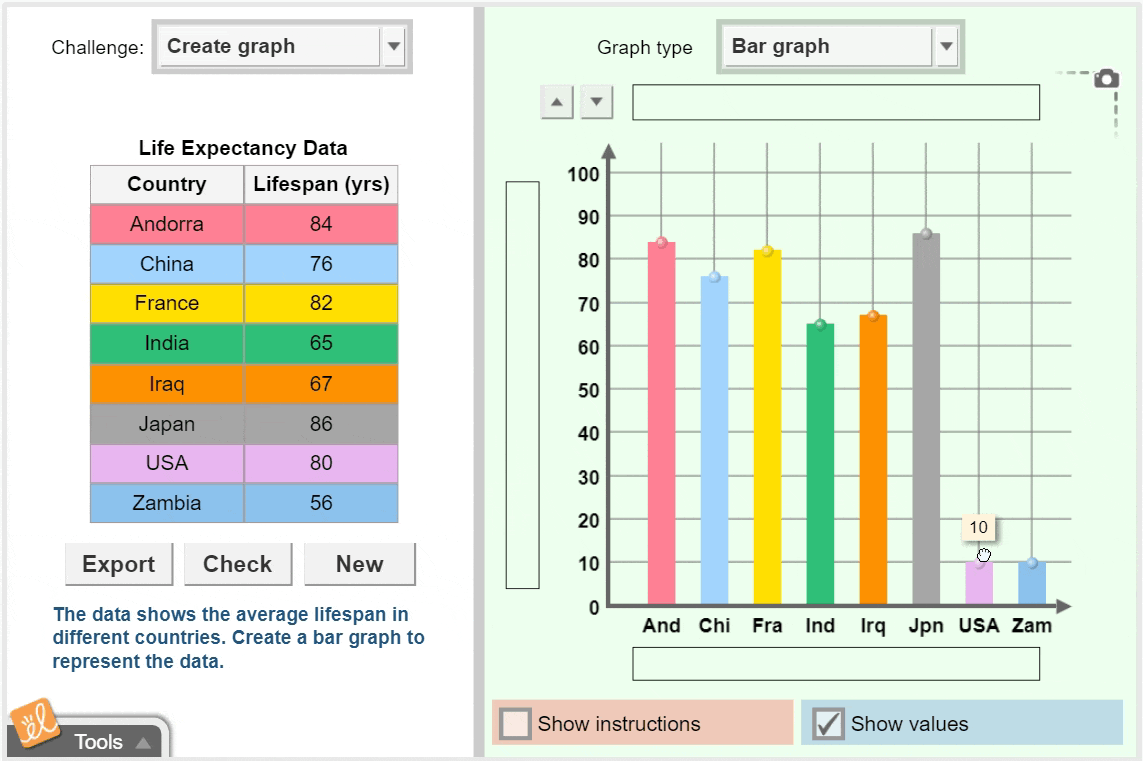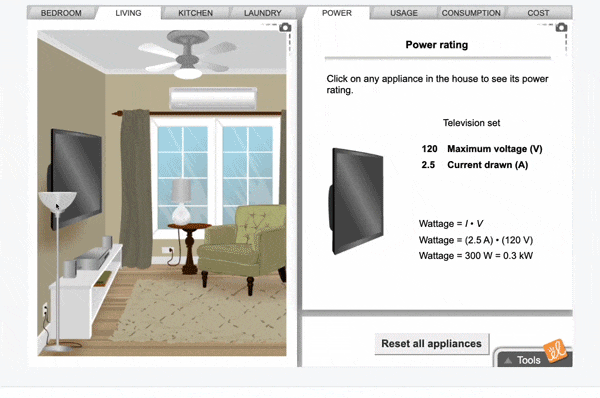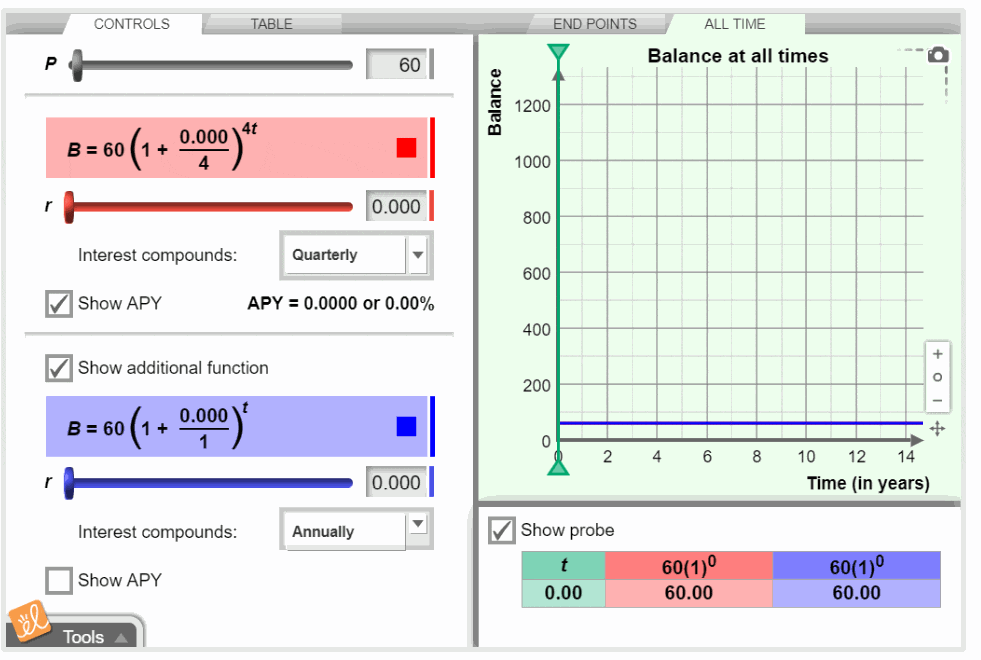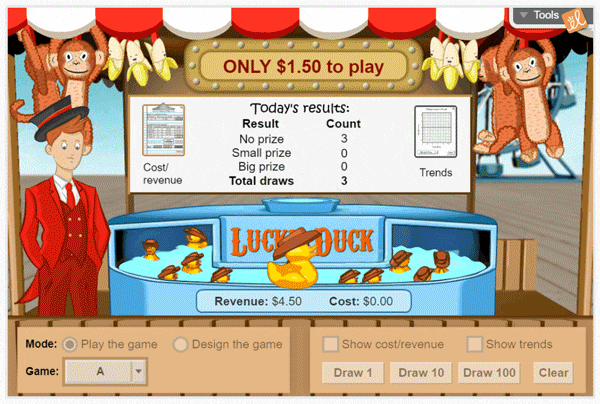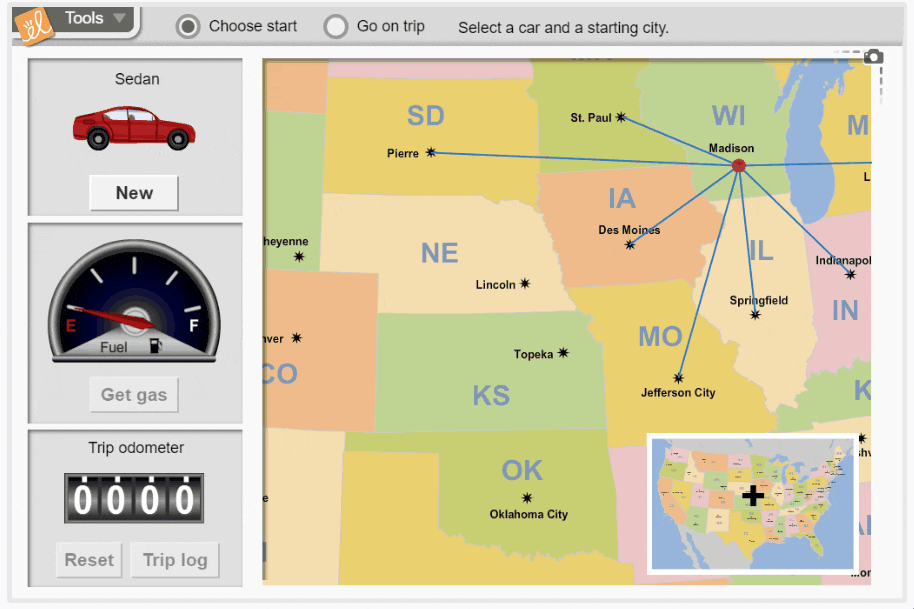
Financial literacy education gives kids the knowledge and skills to make sound financial decisions. By understanding topics like budgets, credit, debt, interest, and investing, your students have a better chance to establish and enjoy financial well-being when they enter the “grown up” world.
ExploreLearning Gizmoscan help you bring those financial concepts to life. Gizmos are interactive online simulations and case studies for math and science that power inquiry and understanding through hands-on learning and experimentation. And that hands-on learning extends to financial literacy topics.
Use these Gizmos and give your students real-time, real-world experiences in financial literacy.
Percent of Change: Students apply markups and discounts using interactive "percent rulers” and reinforce the original cost (or original price) as the baseline for percent calculations. Students improve number sense for percents with this dynamic, visual tool.
Graphing Skills: Kids create a graph (bar graph, line graph, pie chart, or scatter plot) based on a given data set, then title the graph, label the axes, and choose a scale. They can adjust the graph to fit the data and check their accuracy. The Gizmo can also be used to create a data table based on a given graph. A good way to learn how to collect, display, and analyze data (like expenses and income).
Household Energy Usage: In this Gizmo, students explore the energy used by many household appliances, such as television sets, hair dryers, lights, computers, etc. They make estimates for how long each item is used on a daily basis to get an estimate for the total power consumed during a day, a week, a month, and a year, and how that relates to consumer costs and environmental impact.
Compound Interest: Here, students explore compound interest in-depth, from compounded annually to compounded continuously. In addition, they compare the END POINTS graph, with dots that fit an exponential curve, to the ALL TIME graph, which has a more step-like appearance to really understand how interest works.
Lucky Duck: Pick a duck, and win a prize! Kids help Arnie the Carnie design his game so that he makes money (or at least breaks even). How many ducks of each type should there be? What are the prizes worth? How much should he charge to play? Lucky Duck is a fun way to learn about probabilities and expected value—and how not to gamble your money away!
Road Trip: In this Gizmo, students plan a cross-country road trip through various U.S. state capitals. First, they choose a vehicle to drive, and then fill up the tank with gas and go! They can find the range and gas mileage of each vehicle and discover the shortest path between two cities.
Pass it on!
